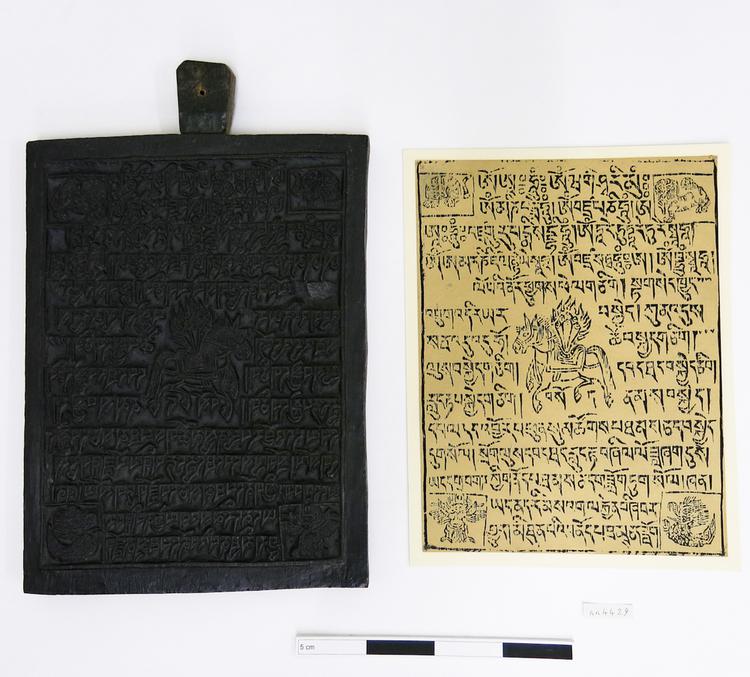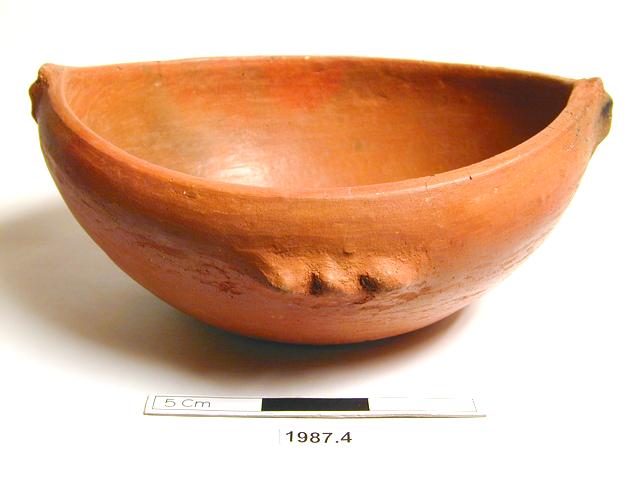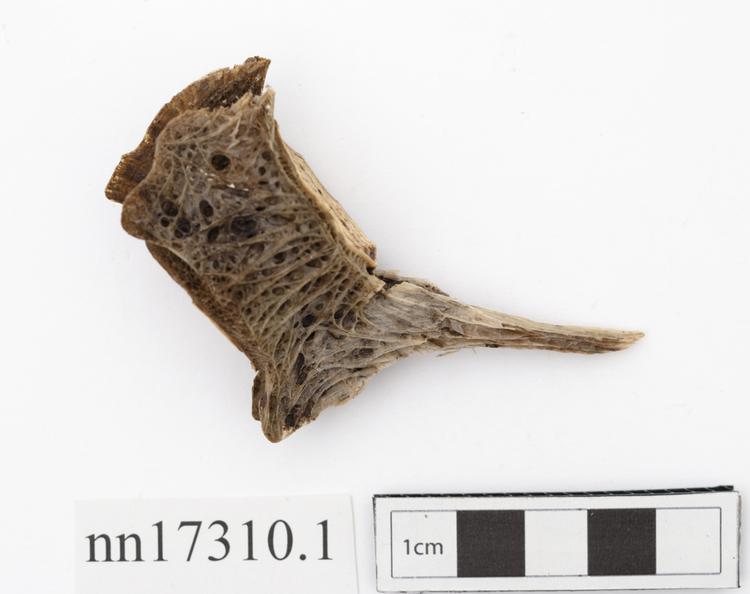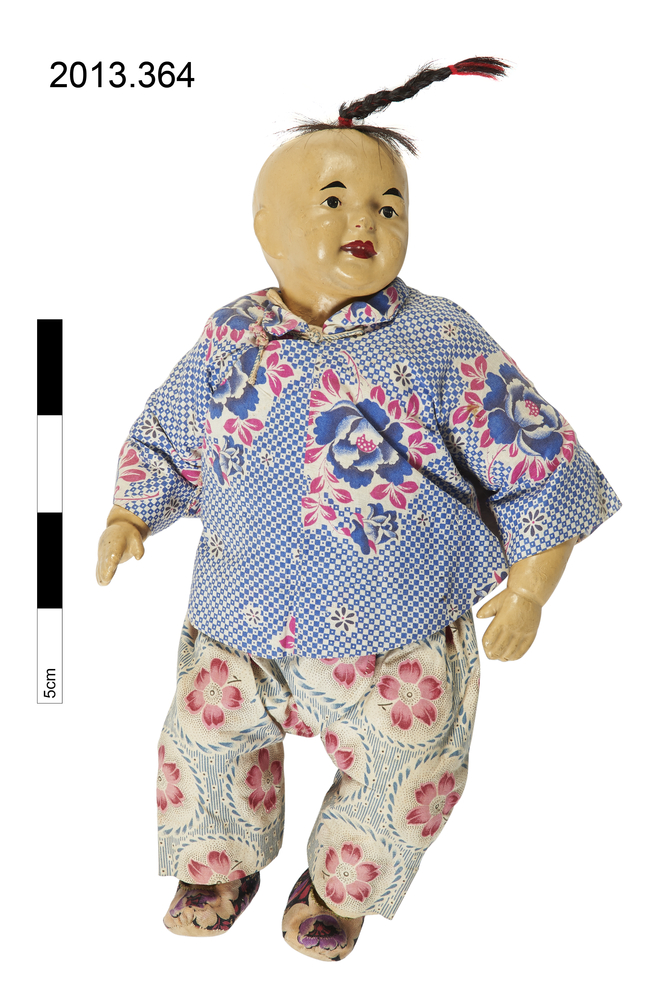
Printing block and printing sample. The printing block is used to print wind horse charms (Lungta parshing [rlung rta dpar shing]). The block is carved from wood, with the image and writing in relief and mirrored.
This woodblock would have been used for printing Lung ta or wind horse prayer flags. At its centre is the supreme horse Bhala, bearing three flaming jewels on its back. The wind horse is a symbol of speed and the transformation of bad fortune to good fortune. The three flaming jewels symbolise the Buddha, the Dharma (Buddhist teachings) and the Sangha (Buddhist community): the three cornerstones of the Tibetan philosophical tradition. On each corner of the block is one of the four powerful animals, also known as the Four Dignities: top left (tiger), top right (lion), Bottom left (garuda) and bottom right (dragon). Wood blocks like this example could feature versions of approximately 400 traditional mantras or prayers, each dedicated to a particular deity. This woodblock displays the following mantras: Om A Hun, Om Bhaga Shri Mam, Om Mani Pad Me Hun, Om Varapani Hum, Om A Hum, Vajra Guru Padmey Siddhi Hum, Om Tare Ture Tuta rey Tu Re Sva ha, Om Amar Niji Len [?] le Sva ha/ Om Vajra Satva Hum, Om Burum Sva Hum. Typically prayers for the person who mounts the flags are included in the text on prayer flags. In this example the print not devoted to manta translates as follows: “[Empty Space for patron’s birth sign] : May his/her livestock and wealth flourish/ Tiger, Lion, Garuda and Dragon instigate that/ May all [auspiciousness?] gather here/ prolong longevity/ promote health/ promote lung ta or good fortune/ promote merit/ glory and economic factors be promoted/ May the four desirables- life-force, body, authority and good fortune- be promoted. Through the years, months, days and at all times, pray that all inimical and harmful attacks be thwarted and repulsed/ Furthermore, may all kinds of illness, epidemic, untoward events and misfortunes subside/ and May all disagreeable harms be repulsed!”
































































































































































































































































































































































































































































































































